Airplane Lavatory Tips for Wheelchair Users on Long Flights
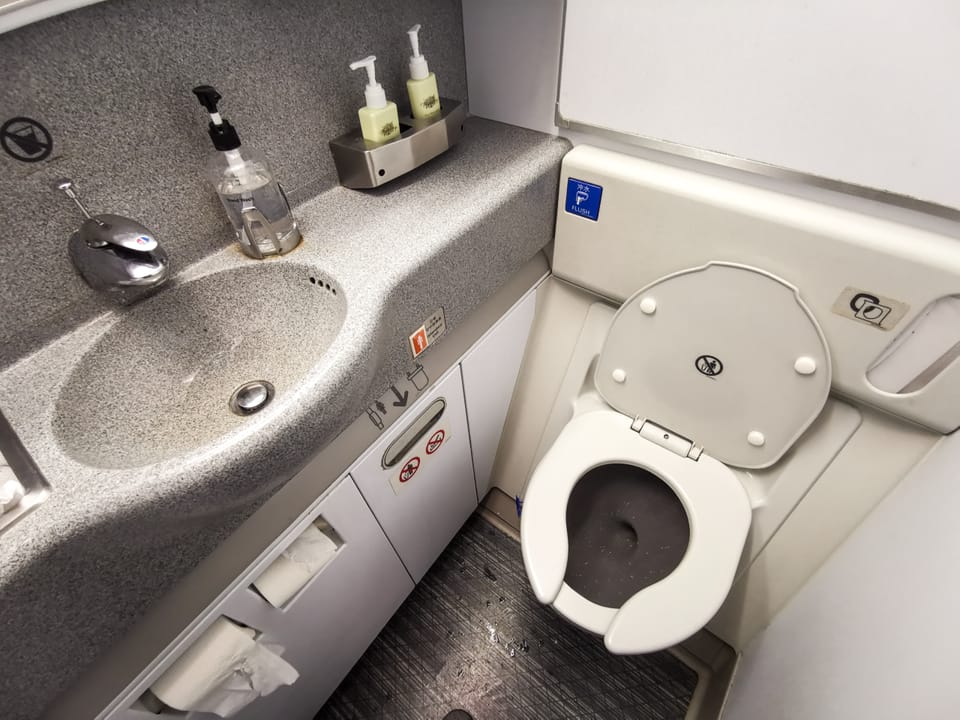
What's Ahead?
Traveling by air can be challenging for wheelchair users, especially when it comes to using the airplane bathroom during long flights. Navigating the compact space of an airplane lavatory and transferring from a wheelchair to the toilet seat can be daunting tasks. However, with proper planning and knowledge, wheelchair users can make their journey more comfortable and stress-free.
This article aims to provide valuable tips and insights for wheelchair users to handle bathroom needs on long-haul flights. We'll explore airplane bathroom dimensions, discuss accessible toilets on single-aisle planes, and share strategies to use the lavatory. Additionally, we'll cover alternative solutions, such as catheters, and offer advice on choosing the right seat and preparing for your flight.

Understanding Airplane Bathroom Accessibility
Types of accessible lavatories
Airplane bathrooms, also known as lavatories, come in various designs and dimensions. The most accessible type features ample space and allows for an unobstructed lateral transfer from an aisle chair to the toilet. This design improves safety and accessibility for travelers with reduced mobility. Another common layout involves collapsing the wall between two standard lavatories to create additional space.
Aircraft with accessible bathrooms
Wide-body airplanes, such as the Airbus A330, A340, A350, A380, and Boeing 747, 767, 777, and 787, are required by U.S. law to have accessible toilets. These aircraft typically have dual aisles and more spacious interiors. Some airlines have also installed accessible lavatories on narrow-body planes like the Airbus A220, A320, A321, and Boeing 757, although it's not legally mandated. Despite laws that mandate accessible lavatories, many wheelchair users find them challenging to use during flights.
Size and layout of accessible lavatories
The size and layout of accessible lavatories vary depending on the aircraft type. For instance, the Boeing 777 and some Boeing 787 fleets feature one of the most accessible designs, with plenty of space and a designated area to park the aisle chair next to the toilet. The Airbus A380, operated by airlines like British Airways, offers a spacious lavatory that's easy to navigate using an onboard aisle chair.
It's important to note that not every aircraft is equipped with accessible lavatories. However, airlines are required to provide onboard aisle chairs on planes with accessible toilets. The U.S. Department of Transportation is working to improve accessibility on single-aisle aircraft, requiring airlines to make lavatories on new planes large enough to accommodate a passenger with a disability and an attendant.
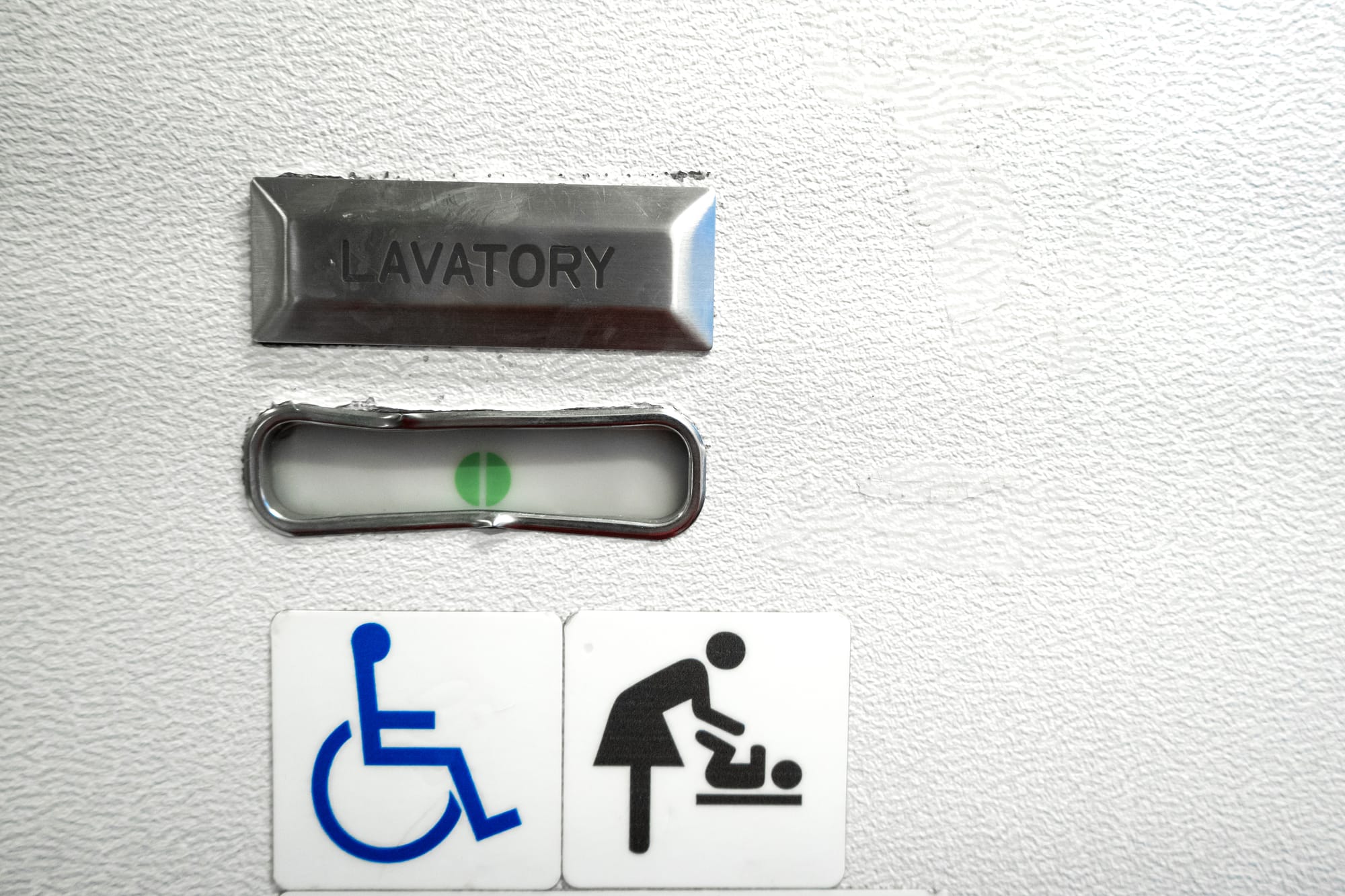
Preparing for Your Flight
Booking the right aircraft
When planning a trip, wheelchair users should contact the airline directly to discuss their needs and notify them that you will be flying with a wheelchair. It's crucial to speak with an agent before booking to inquire about specific policies regarding wheelchairs, transfers, and accessible bathrooms. Wide-body aircraft like the Airbus A330 or Boeing 777 are more likely to have accessible lavatories. Most major airlines fly with these types of aircrafts.
Requesting an onboard aisle chair
To ensure a smooth journey, passengers should request an aisle chair when making their reservation. This narrow wheelchair is used to transport immobile passengers to their seats. It's advisable to select a seat that isn't in the bulkhead row, as these often have fixed armrests. The row behind the bulkhead, with movable aisle armrests, may be more comfortable. For flights longer than two hours, a window seat might be preferable to avoid other passengers crossing over.
Packing essential supplies
Wheelchair users should not forget to pack certain items. Bring a carry-on bag with all necessary equipment for personal care for at least two days. This includes:
- Medications
- Catheters
- Extra clothing
- Equipment for bowel programs
- Supplies related to autonomic dysreflexia
It's also wise to bring any necessary tools required to disassemble and repair the wheelchair, such as Allen wrenches (and any specific wrenches). For those with air cushions, packing a pump and patch kit is essential. Airlines, unfortunately, are notorious for handling luggage carelessly. We've heard too many stories of wheelchairs getting damaged, broken, and even lost altogether. Labeling all wheelchair parts with name and phone number can prevent, or at least mitigate, further complications. Lastly, taking pictures of the wheelchair from all angles can be helpful so you can submit a case if the wheelchair does get damaged in any way.
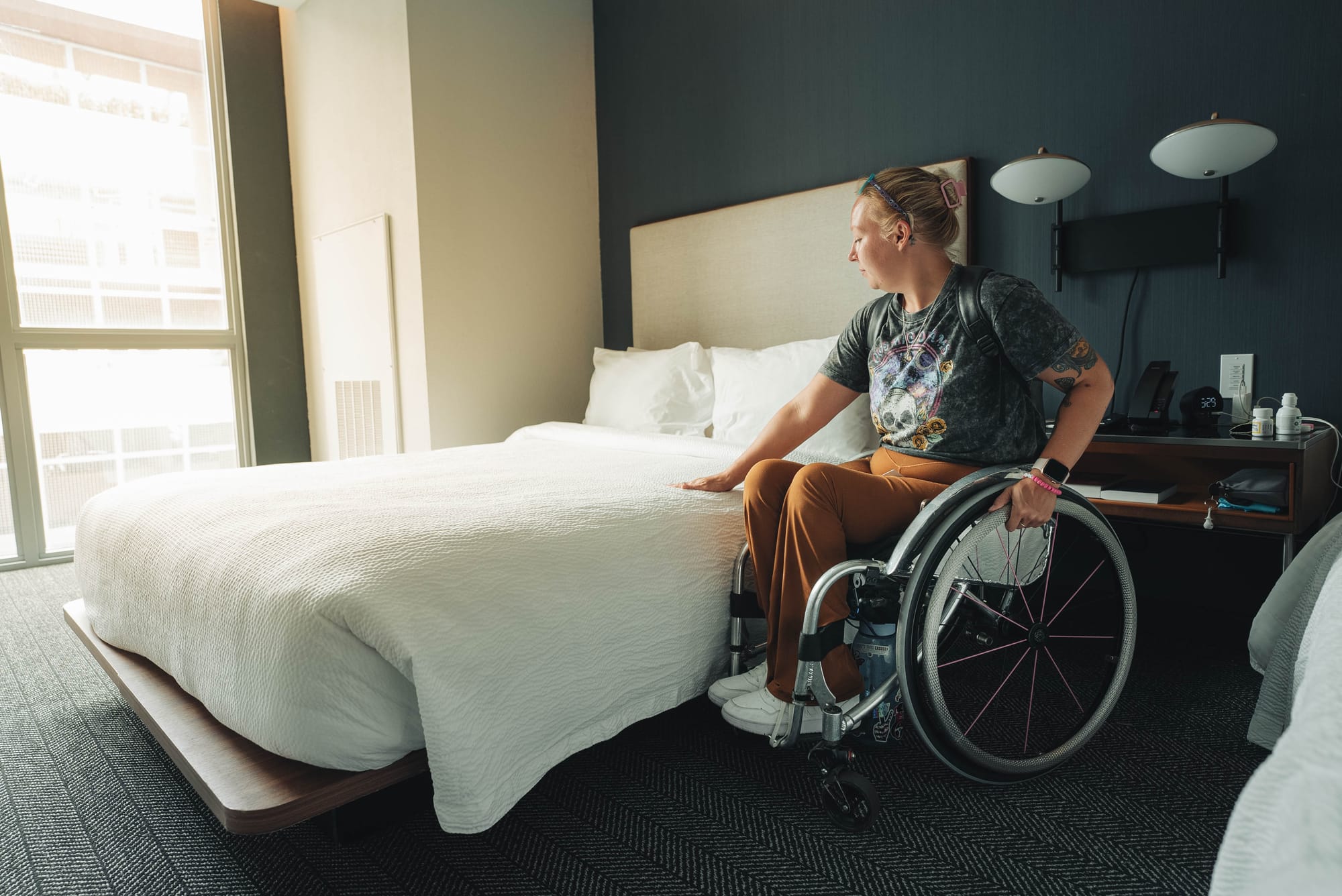
Airlines Fall Short on Accessibility. But the Rest of Your Trip Doesn't Have to.
Find accessible hotels, things to do, transportation, and vacation packages with accurate and reliable information.
Explore OptionsNavigating the Airplane Bathroom
Using the onboard aisle chair
Virtually all wide-body jets for international flights have an onboard aisle wheelchair. These folding chairs are compact and designed to fit through the narrow aisles of an aircraft. They typically have a seat and back made of synthetic material, with varying quality of footrests. Some models include velcro straps for added security. While these chairs may not be the most comfortable, they are essential for wheelchair users to access the airplane bathroom.
Transferring techniques
When using the airplane lavatory, passengers with mobility challenges need to transfer from their seat to the aisle chair. Flight attendants can assist with this process, but passengers should have enough upper body control to maintain an upright posture in the chair. It's important to note that the level of assistance varies depending on the aircraft and airline policies.
Asking for assistance
Flight attendants are trained to help passengers with mobility challenges. They can:
- Push the aisle chair to and from the lavatory
- Provide a steadying arm for those who can walk short distances
- Assist with transferring to and from the seat
However, it's crucial to understand that flight attendants cannot physically carry passengers or provide full support inside the lavatory. For safety reasons, they are limited in the level of physical assistance they can offer.
In accessible lavatories, there may be enough room for a partner or caregiver to help with transfers. However, in regular-sized lavatories, assistance with transfers is not possible due to space constraints. Passengers who require extensive assistance may need to consider alternative solutions for long flights, such as using a catheter or limiting food and drink intake.
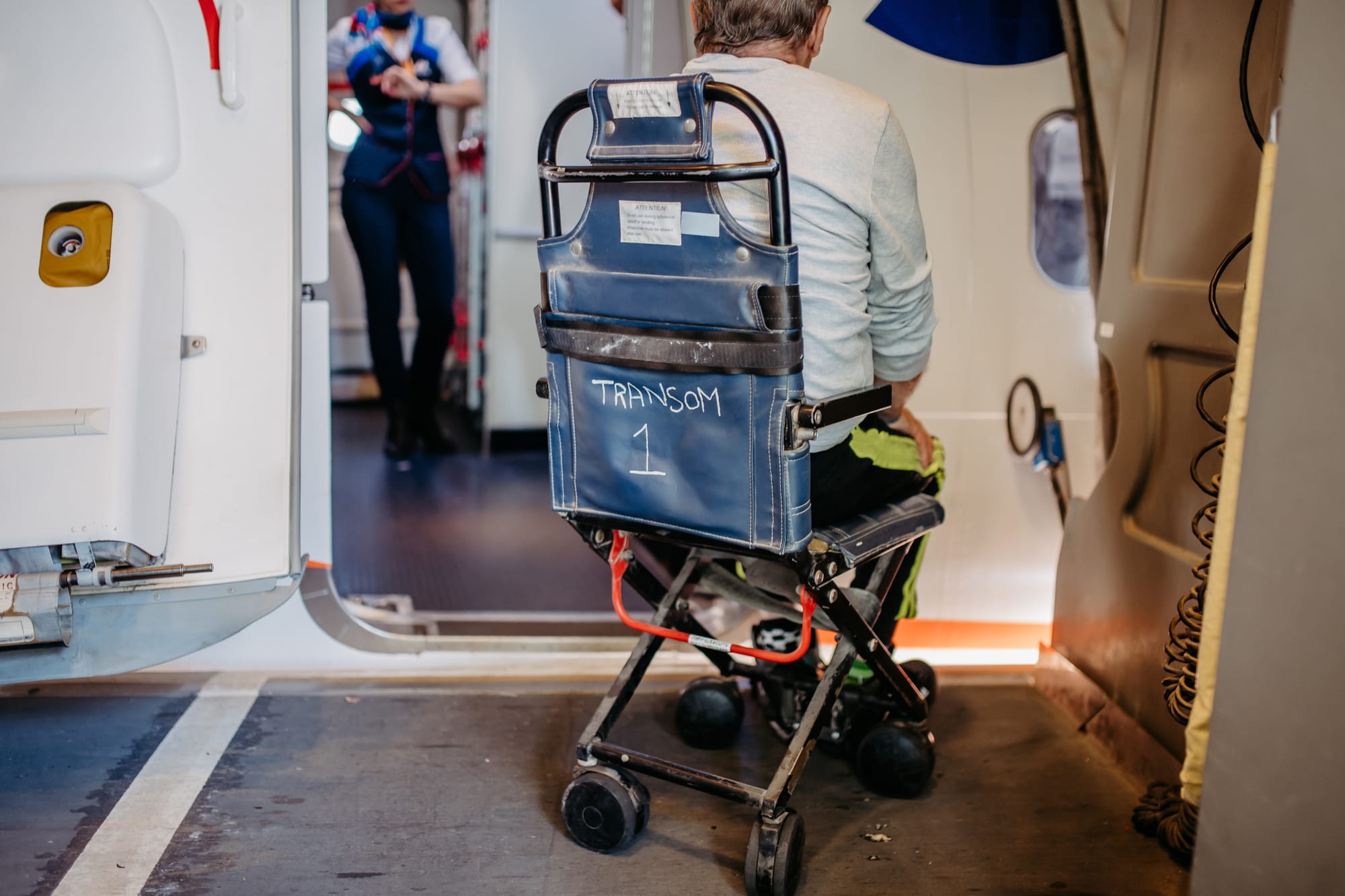
Alternative Solutions for Long Flights
For wheelchair users facing challenges with airplane bathrooms on long flights, there are several alternative solutions to consider.
Managing/limiting fluid intake
While staying hydrated is crucial, adjusting fluid intake can help manage bathroom needs during flights. The concept of fluid shifting involves modifying when liquids are consumed to reduce the need for frequent restroom visits during times of limited access. It’s always a good idea to talk to your healthcare provider to determine the best approach for managing your needs without compromising your health. It's important to note that the average person urinates six to seven times a day, so limiting fluids should be done cautiously to avoid dehydration.
It's a shame that people with disabilities may have to resort to this type of solution, but until the airline industry makes significant improvements (that are long overdue), it's a common strategy used.
Using catheterization
Catheterization can be a highly effective solution for long flights. It’s recommended that travelers using catheters notify the airline in advance about any special procedures. When packing, bring enough catheter supplies for the duration of your trip, plus a few extra days. Closed system catheters, also known as “no-touch” catheters, are ideal for travel as they minimize the risk of infection. Pack antibacterial wipes for hygiene in public restrooms, and remember that catheter supplies and lubricants under 100ml are generally exempt from liquid restrictions, as long as they are in a clear, resealable bag.
Considering adult briefs
Adult briefs or diapers offer a practical solution for managing incontinence during flights. Many travelers have successfully changed briefs in airplane lavatories, despite the limited space. A helpful strategy is to prepare the replacement brief in advance, carefully remove and dispose of the used one, and secure the new brief. Ensure you pack your supplies in an easily accessible bag. While this option may require some maneuvering in smaller airplane lavatories, it can provide peace of mind during long flights.
The Airline Industry Needs to Change
The airline industry has a long way to go to better accommodate people with disabilities. It is so stressful for some individuals that they just avoid flying altogether. Being able to fly is the ticket to exploring new places, checking off destinations that are bucket-listed across seas, and having unique experiences that everyone should be able to have. And yet, a significant part of the population has to work up the courage to book a plane ticket because of how they're treated by the industry.
The airline industry needs changing, and it needs changing immediately.
Don't let fear stop you
With that being said, don't let fear stop you from living and experiencing life to the fullest. If travel is something you desire, do it. You can find wheelchair accessible hotels, activities, transportation, and full on vacation packages in numerous destinations around the world with Wheel the World. At least when you arrive to your destination after navigating the airlines, you'll have an accessible hotel waiting for you.
Final Thoughts: Remember that every traveler's needs are unique, and it's essential to communicate with airlines and healthcare providers to find the best solutions for your specific situation. With being well-prepared and informed, wheelchair users can approach long flights with greater confidence and peace of mind. Hopefully, this article was able to do that.
Accessible Travel Resources:
🏨 Book Hotels and Find Experiences With All the Accessibility Details You Need
♿ Join Our Accessible Travel Community
📝 Fill out your accessibility profile (for free) for personalized travel experiences
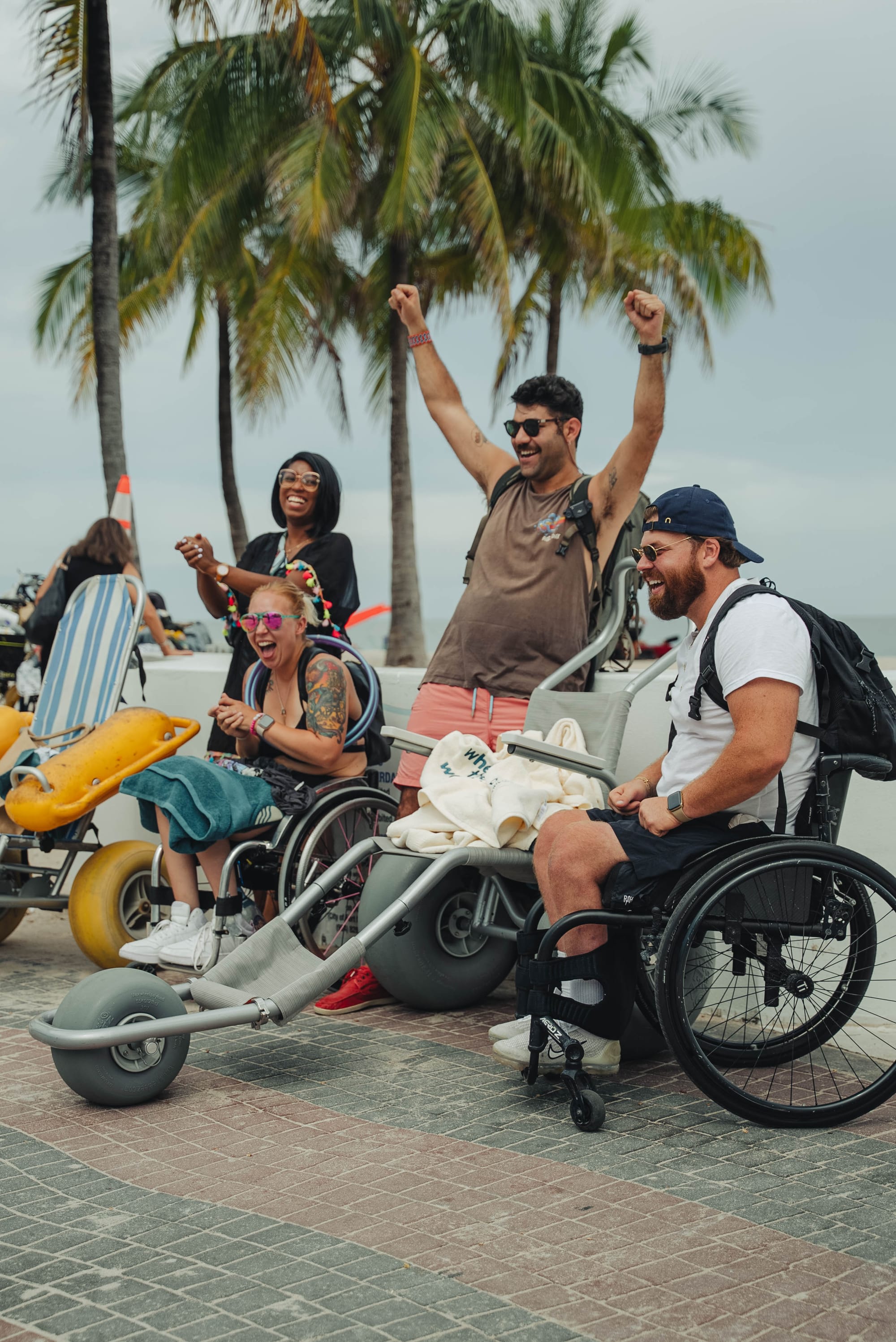


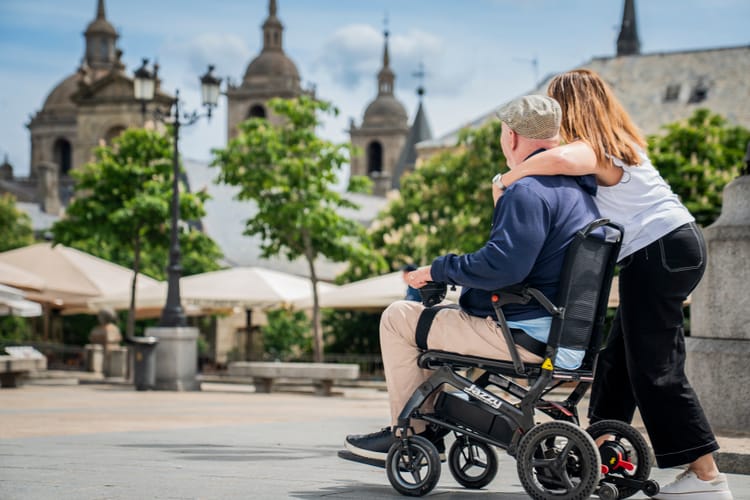
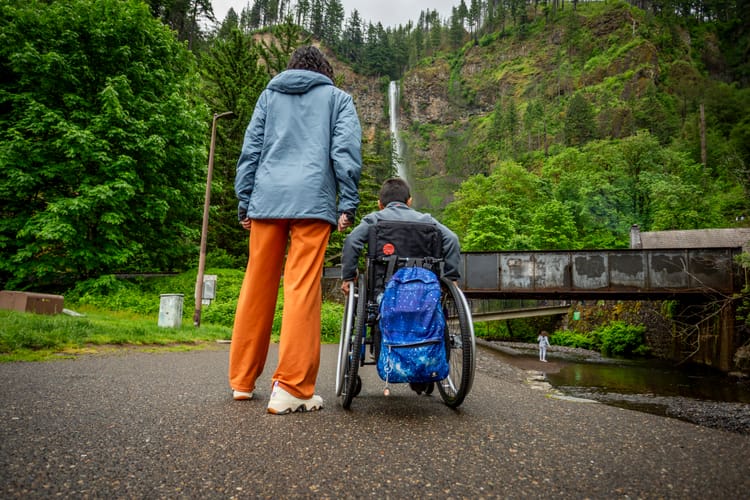
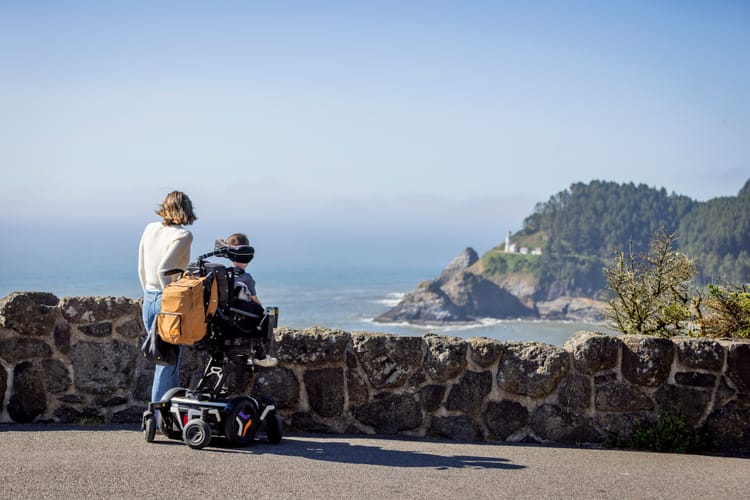
Comments ()